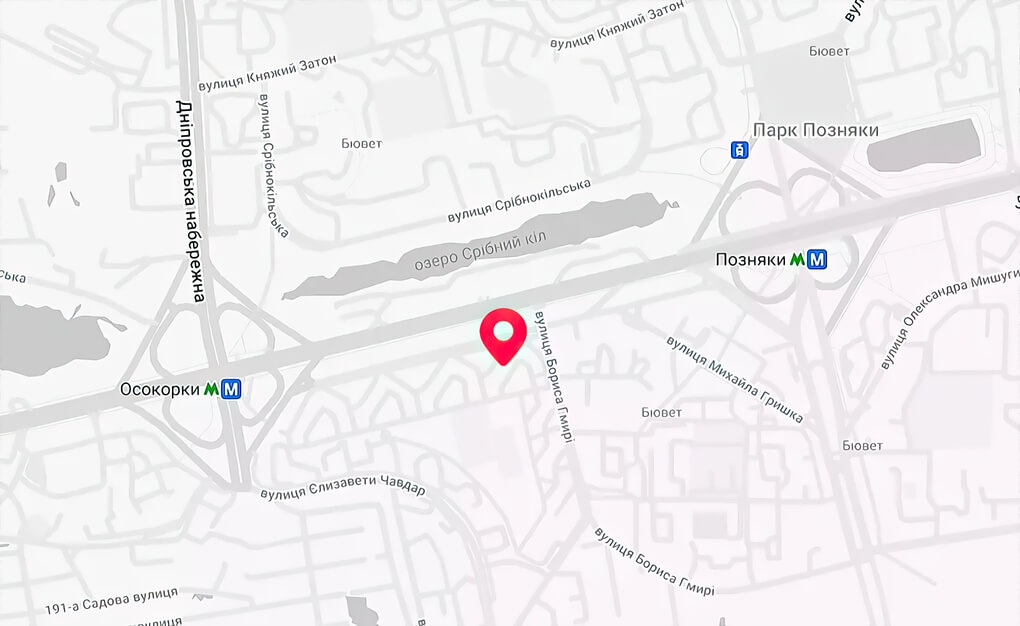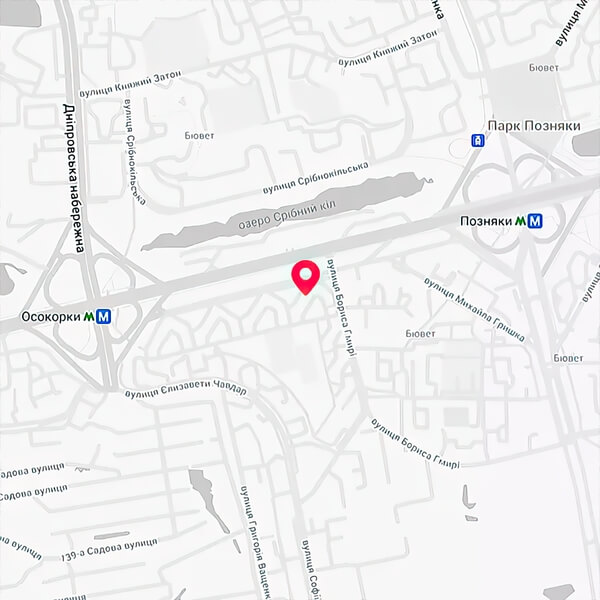CCTV – closed circuit television system. In practice, this is conventional video surveillance, where video signals are transmitted between special devices such as video cameras, monitors and video recorders.
In the definition of the term, a specific “closed circuit” is highlighted, in contrast to public broadcasting television systems, since in the video surveillance system information is not distributed to third parties.
Currently, the more commonly used term for video surveillance is a direct translation of Video surveillance, and the term CCTV is more often found in books and articles that are devoted to video surveillance and were written much earlier. However, this term is still found in the English-speaking professional field.












































































































































































